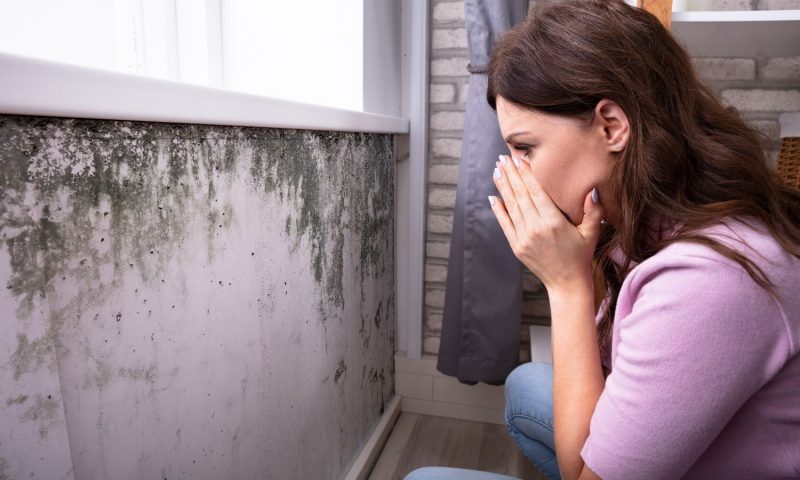Mold is a common and potentially dangerous health hazard. Here, we address some of the misconceptions about mold to improve our response to it.
Mold is one of the more common issues homeowners have to face, one with potentially grave consequences. Between health issues and the devaluing of homes, it’s essential that you develop a firm understanding of the nature of mold. Recognizing and debunking the common misconceptions about mold is the first step.
“All Mold Is Toxic.”
When most homeowners think of mold, they think of black mold, which can potentially cause nausea and severe damage to the lungs. However, there are over 100,000 types of mold in the world, and not all of them produce the mycotoxins that cause the illness black mold does. However, even nontoxic mold in large amounts may affect the air quality of a home.
“I Can Remove All Mold from My Home.”
Because they want to avoid potential health hazards, many homeowners have the mindset of trying to remove every trace of mold from their homes. However, given the staggering variety of mold and the fact that it often exists in the air as microscopic particles, it’s often impossible to remove all of it. Mold remediation simply involves bringing mold levels back to safe levels.
“Mold Only Occurs After Flooding or Leaks.”
This common misconception about mold exists because areas are far more prone to developing mold after prolonged exposure to moisture. However, while mold outbreaks are very common after flooding or leaks, this isn’t the only time your home may be exposed to moisture. Mold outbreaks may occur under sinks, on bathroom walls, or around air conditioning units, where there’s often condensation.
“I Can Take Care of Mold with Bleach.”
Mold is a far more complicated entity than many homeowners give it credit for. It forms roots that go deep into the wall or ceiling to which they’re attached, so cleaning the surface won’t remove the problem. Along with that, mold releases spores into the air when threatened, so bleach will further degrade the air quality. Homeowners should seek professional help for reducing any mold to livable levels.
